The Conclusion: "In contrast to several other case–control studies, we found no significant association between exposure to chiropractic care and the risk of VBA stroke."
Chiropractic care and the risk of vertebrobasilar stroke: results of a case–control study in U.S. commercial and Medicare Advantage populations
Thomas M Kosloff, David Elton, Jiang Tao and Wade M Bannister
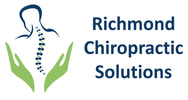


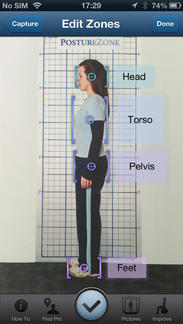
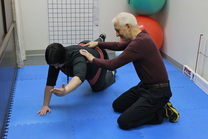
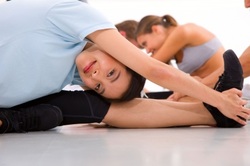
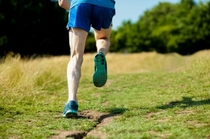
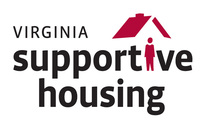
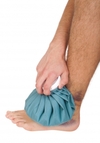

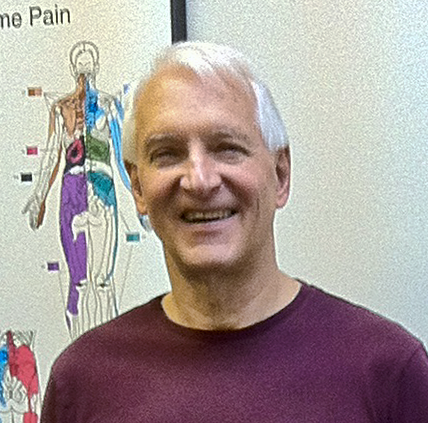
 RSS Feed
RSS Feed